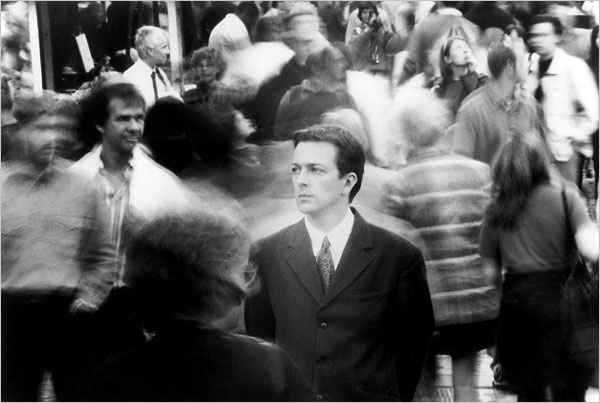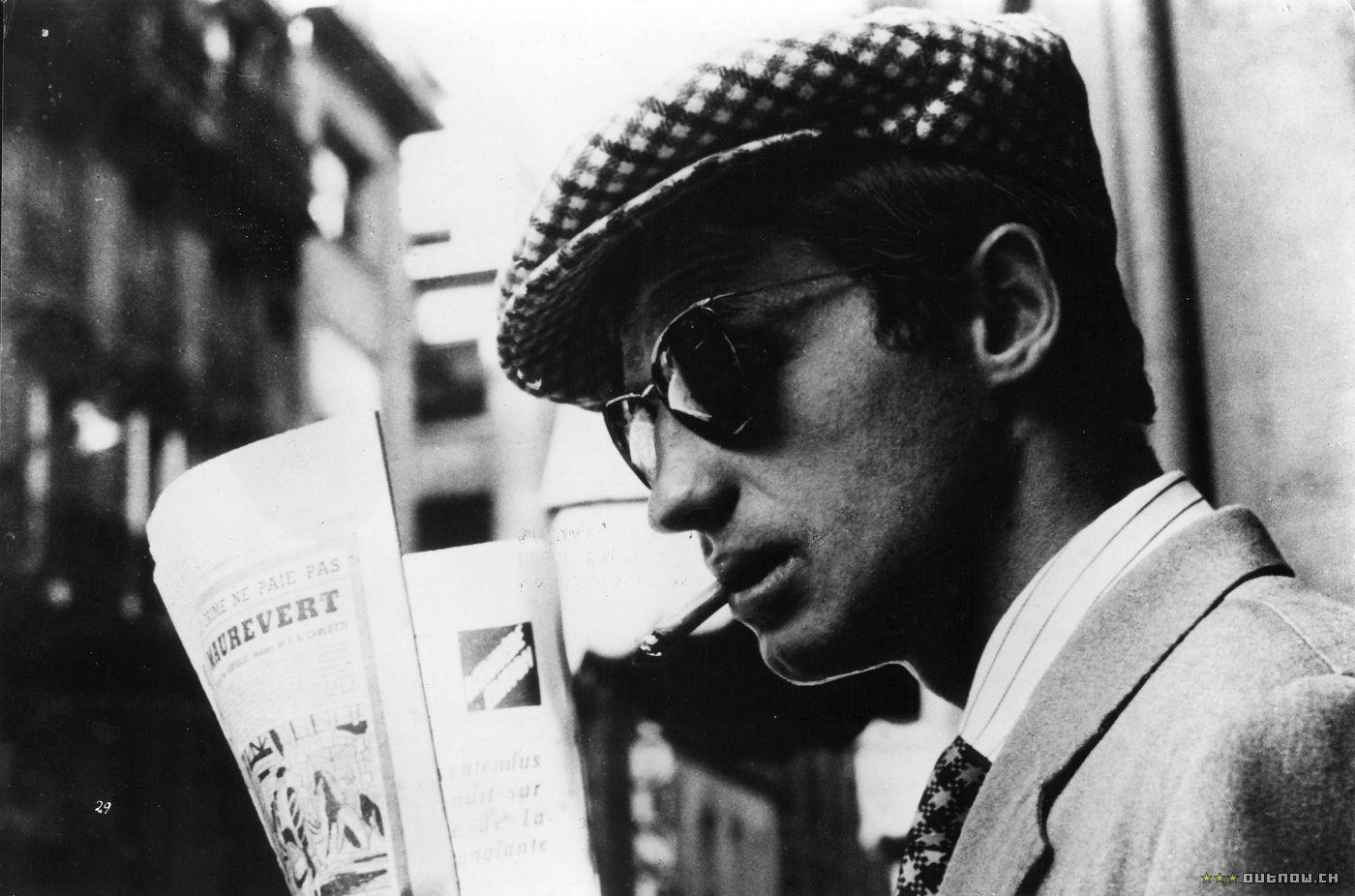
There’s an emerging trend in Hollywood (spearheaded by Marvel) of taking little-known directors, usually with a single Indie film to their name, and giving them one of their upcoming mega-budget blockbusters to play with. The intention being to take the charm and originality they showed in their first film and inject it into the types of films that were previously famous for their spectacle and mindless action.
Filmmaking has changed a lot since the studio days of Hollywood with directors hired to pump out multiple films a year depending on their contracts. Now with the rise of Independent film companies like A24 and Annapurna and with Netflix dropping a new film every other day there are a lot more voices making their ways to our screens.
But how do you remain unique, original, true to yourself and still catch the attention of the big studios so you can leave your mark on cinema history? This list will look at a number of films that were made despite the odds, or showcased some genuinely amazing creative insight and technique despite limited budget or star-power.
This list is not meant to simplify the work done by each director but rather to break it down, make it more relatable and provide you with a bunch of titles that make for a really good watch and will (hopefully) inspire you to make your own.
1. Following

A young writer lacking inspiration follows people through the streets of London trying to find a story. He meets a charismatic young crook and soon everything begins to fall out of control.
Christopher Nolan’s debut is only 70 minutes long and with a budget of just under $6,000 makes it one of the cheapest feature films ever made. Shot in black and white on a shaky hand-held camera and with a cast of unknowns, on paper this film might be difficult to sit through, but Nolan’s ingenious plotting and structure make this film stand out.
Using a structure that he would later use again in the first act of Batman Begins, Following tells its story through multiple time lines. Jumping back and forth in time between the same characters at different stages of the plot means that Nolan can fill his film with twists, tension and dramatic irony that have us on the edge of our seats.
Nolan (who never went to film school) began shooting while at college and completed it over a year, using any spare Saturday he and his cast had. Nolan was clearly a huge film fan and inspired by filmmakers who came before him (especially Stanley Kubrick), as Following is littered with references and nods to other films. Having a clever script that was both tense and uniquely cinematic meant he didn’t need money to launch a career that is now almost unique, with Nolan being one of the few directors given a huge budget for entirely original stories.
2. Slacker

“Write what you know” is a classic piece of advice given to struggling creative, but Richard Linklater took that concept and ran with it. Slacker has no lead character, or three act structure, it just follows a series of different people in Austin over the course of a single day with the camera gently switching from one person to the next as soon as their scene is done. With this structure Linklater’s film is free to talk about literally anything and everything.
Linklater has always been an advocate for a ‘grab your camera and your friends’ approach to filmmaking and Slacker is the epitome. It doesn’t bother much with the technical side of filmmaking, using only a very small amount of cuts the film focuses mainly on what people have to say and who is saying it.
This is something that Linklater will use again and again in his career, and while films like the Before Trilogy and Boy have a more solid story to them, Slacker enjoys the freedom of sharing ideas without having to over-explain them or become reliant on them for the film’s overall success.
The film’s genius, as the title might suggest, is in taking thoughts that are on one level interesting but are, in the grand scheme of things, pretty much useless and making them cinematic. Slacker works as a think piece tying contrasting thoughts and characters together with a very simple trick and finds value in places others overlooked.
3. Prevenge

Inspiration, it is said, can come from anywhere; usually, taking the time to gather your thoughts in peace and quiet so you can finally focus on that project you’ve always been meaning to crack, is sound advice. Not for Alice Lowe.
She wrote, directed and starred in Prevenge, a darkly comic, horror, slasher film while she herself was pregnant. Lowe decided to make the film after she was unable to get any other work and finished the whole project (from writing to principal photography) in just under two weeks.
The heavily pregnant Ruth (Lowe) is left devastated and alone after her husband tragically dies in a mountain climbing accident. She is convinced that her child, in utero, is talking to her telling her to extract revenge on those responsible for its father’s death. Ruth then goes on a killing spree, gathering information and tracking down targets to appease her child’s (or her own) bloodlust.
Putting a genre twist on an ordinary premise can lead to some seriously entertaining results, Shaun of the Dead – the romantic comedy with zombies, being a great example. But Prevenge is a lot more than just gimmick cinema.
Lowe certainly has a lot of fun with the murder scenes but the story is taken seriously and throughout the film Ruth addresses the craziness of her situation in a way that is deep in pathos and shines a light on real issues of grief and depression. All of this makes Prevenge a cut above the rest.
4. Breathless

The lesson to take from Breathless might be a bit of a tall ask for a budding filmmaker because, with this film, Jean-Luc Goddard partly reinvented cinema. Obviously not every film should be expected to do this but it still makes for an inspirational story.
Prior to Breathless the Hollywood technique of long, wide single takes that covered every actor for, almost, an entire scene was industry standard. The reasoning was this made upholding continuity easier. At the time studio execs were convinced that an audience would not be able to understand or follow a film if the continuity wasn’t perfect. As a result a lot of films ended up looking more of less the same.
Breathless is about a petty crook on the run for murder, and that’s about it. But it uses fast paced and frenetic editing to push and pull the audience through the film. Goddard got rid of the old rules and instead cut any parts of the film he thought to be unnecessary.
Scenes jump cut (a technique that was invented on this film) with no clear beginning or end, but the content of the scenes is less important than the film’s forward momentum. The crook has to keep running and so the film rushes along with him wildly pushing him from one scene to the next. It was a huge hit when first released in 1960, popular with audiences who had never seen anything like it.
Goddard’s change to a more emotional and sensational type of filmmaking remains hugely influential to this day, particularly on the work of Quentin Tarantino. But perhaps, most importantly, it was his message that cinema needn’t always be sacred, there is always room for something new.
5. Coherence

Science Fiction can seem a bit of a daunting challenge for a low-budget film. Many great directors try their hand at Sci-Fi but it’s usually when they’ve made a few films already. Coherence is the exception to the rule, a very clever and very tightly crafted Sci-Fi thriller set entirely in one room.
While at a dinner party a comet flies over the Earth, somehow affecting the planet’s coherence, and very strange things start to happen. Not many films have managed to successfully tackle quantum mechanics, but this one does, as well as wrapping it up in a Hitchcockian thriller.
The filmmakers used practical and simple tricks to create tension throughout the film; suddenly cutting out the lights, hearing someone bang on the door when all the characters are inside, and bringing in a box full of photos from that very same dinner party that no one remembers taking.
Filmed without a script each of the actors instead received specific secret instructions to help them improvise the scene. As a result the actors create some very real tension, as they genuinely don’t know what’s going to happen next.
Coherence makes for some very smart and efficient storytelling. The director providing his cast with a clever idea but letting them play it out by using a very effective trick for creating realism amidst the craziness.